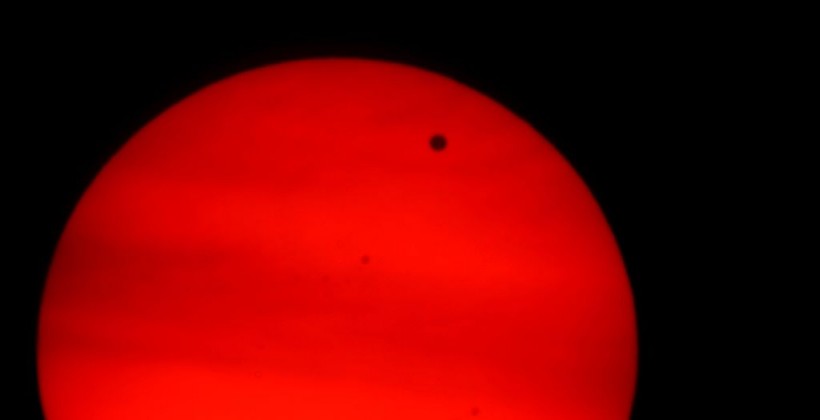Scientists will soon be sending a probe to explore Venus, Earth's neighboring planet, with support from a new privately-financed mission to see if life is possible there.
The Jerusalem Post report specifies that the series of projects, dubbed "the Venus Life Finder Mission," is led by the Massachusetts Institute of Technology researchers. Sponsored by the Breakthrough Foundation, the study's principal investigator is Sara Seager, a Jewish-American scientist.
In a statement, Seager said, they hope this is the beginning of a "new paradigm where you go cheaply," more frequently, and in a more focused manner. She added this is a newer, nimbler, and more rapid way to perform space science.
ALSO READ: Phosphine in the Atmosphere of Venus Could be Sign of Life

Venus is one of the closest neighbors of Earth. It is very akin to the size that NASA that NASA labeled it as ‘Earth’s Twin.’
Mysterious Venus
NASA's Space Place site describes Venus as one of the closest neighbors of Earth. It is very akin to the size that NASA labeled it as "Earth's Twin." Nonetheless, its overall climate and atmosphere are drastically different from the Earth's.
This planet is described as "mysterious," with NASA remarking it as characterized by a thick, toxic atmosphere rich in carbon dioxide. It is continually covered in thick, yellowish clouds of sulfuric acid, trapping heat that causes a "runaway greenhouse impact," explained Seager.
The air pressure on Venus is strong, being 90 times more intense than what can be encountered on the Earth's surface.
It is more akin to the pressure discovered a mile beneath the ocean. Venus is the hottest planet in the solar system, with surface temperatures approximated by NASA at roughly 475 degrees Celsius, which can even melt lead.
Several space agencies have spent probes to Venus before, being the first canned by a probe by NASA in the early 1960s and later explored by others.
Some of the probes continued recently, as the Parker Solar Probe of NASA has recently made numerous flybys of Venus. However, landing missions are another story.
Uninhabitable Surface
According to Harvard University's Avi Loeb, Israeli-American astrophysicist, Venus's surface is "uninhabitable, although the cloud deck," around 50 kilometers on top of the surface, is akin enough to the lower atmosphere of Earth, and could theoretically back some bacterial life.
There remains skepticism, though, as re-investigating the data led some to believe it was misinterpreted, and the molecules could be sulfur dioxide, which is typical in Venus.
For them to find out, the astrophysicist said there is a need to send a probe to collect samples from the could deck.
First Mission for Launch in 2023
This mission is not something that can be completed on an interplanetary measure, but in the case of Venus, which is near Earth, it is quite much achievable. The Venus Life Finder Mission is aiming to accomplish it.
The first mission is presently scheduled for launch in 2023 on an Electron probe the California-based Rocket Lab provides.
The probe will be equipped with a laser instrument designed to identify multifaceted chemistry inside the clouds. Should there be any impurities or fluorescent discovered, it could specify that there is more to the atmosphere in Venus that meets the eye.
There are many mysteries about the aid clouds, anomalies in the chemicals and elements on the planet. There are also some particles of the unknown construction that have to be explored.
Possibility of Life on Venus
If there is life on Venus, it is nearly certainly bacterial because the clouds are vitally the lone part of the planet, even remotely possibly habitable.
And, that is even after considering the numerous problems still present on the clouds, like the sheer concentration of sulfuric acid that is billion of times more compared to Earth, New Atlas reported.
Seager suggested a few ways bacteria could produce ammonia to neutralize sulfuric acid. However, it is also totally possible that life could exist in a way completely strange to humans, with biochemistry that can bear sulfuric acid. Other scientists have been considering that option.
Related information about Venus is shown on TheSimpleSpace's YouTube video below:
RELATED ARTICLE: Life On Venus: Could It Be True?
Check out more news and information on Space on Science Times.














